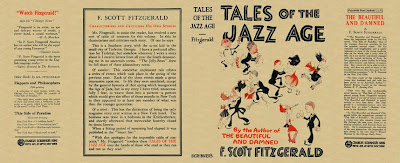Western writers are like other fiction writers in that they
have super powers. They can bend time, compress space, and sweep away boring people,
mundane tasks, and toilet needs. Writers can
magically have their characters do and say whatever’s necessary to incessantly
move the story forward. Instead of wielding a wand, writers brandish a
keyboard. No wonder so many writers are egotistical.
 |
| The exception: John Wayne got guns right |
There is one major difference between Western writers and
other authors—they need
to get guns and horses right. Western enthusiasts will suspend disbelief in
every other aspect of a written story, but not guns and horses. Odd, because Western
movies enjoy forbearance that a novel does not. A film can run a horse forever,
fire eight shots from a six shooter, or shoot with precision from horseback. Western
readers, on the other hand, tend to be sticklers for accuracy about these two
areas when they occur in print. That’s why I use gun and horse specialists to proof my
Westerns.
What brought all this to mind was a Cracked article about “6
Stupid Gun Myths that Everyone Believes (Thanks to the movies).” The piece deals
mostly with modern guns, but a few of the 6 myths relate to nineteenth century
guns. For example, a dropped Colt Peacemaker could go off. That was not
a myth in the olden days. Reputedly, it happened to Wyatt Earp when he
sat in a saloon chair. That is why Westerners often kept the chamber under the
hammer empty, making their pistol a five-shooter.
“Shotguns Are
Room-Clearing Murder Factories” applies equally to the Western double barreled shotgun.
Marshals who held off a lynching party with a shotgun looked threatening, but could
only kill two vigilantes before reaching for a pistol. As Wild Bill Hickok and
Bat Masterson attested, the myth that "Deadly on the Gun Range = Deadly in Real Life” is apropos for gunfighters in the Wild West.
The article is a fun read, but unfortunately many of the
movie clips have been disabled due to copyright issues. Too bad. The clips that work
do a fine job of illustrating Hollywood gun myths.
 |
| Honest westerns filled with dishonest characters. |















.jpg)

.jpg)













